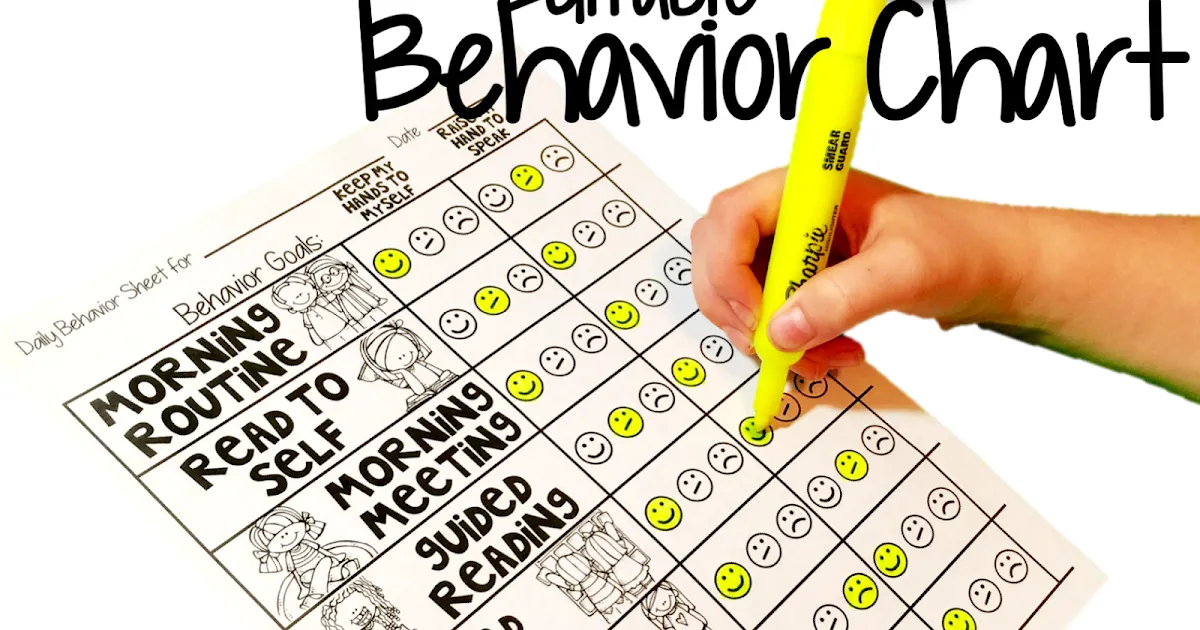Introduction
Creating an environment that is conducive to learning in the diverse classrooms of today involves managing student behavior. One of the powerful tools employed by educators for this purpose is a student behavior chart. These charts provide a pictorial display of student behaviours and a framework for encouraging positive actions while addressing negative actions. This paper explores seven strategies through which academic success can be realized by using student behaviour charts effectively and fostering positive relationships.
Understanding the Importance of Student Behavior Charts
Before discussing particular strategies, it is important to grasp why student behavior charts are important in the classroom. Some of the benefits of these charts include:
- They visually represent behaviours expected.
- Accountability and self-regulation among students are promoted.
- There is a consistent way to track and address problems with behaviour.
- This supports positive reinforcements and acknowledging wanted conduct
Establishing Clear Expectations

The key to having an effective student behavior chart lies in articulating clear expectations. Teachers should assemble guidelines regarding pupil behaviours with their learners making sure that expectations are suitable for their ages as well as agreed-upon class values.
Selecting Right Student Behavior Chart Format
Student behavior charts come in various formats, ranging from simple individual charts to more complex whole-class systems. Format decisions are made based on factors such as class size, student needs and teacher preferences. A few popular formats include:
- Individual Behavior Charts: These charts track each student’s behavior individually, allowing for personalized goals and rewards.
- Whole-Class Behavior Charts: These charts aim at collective behaviour goals of the entire class thus promoting team work and collaboration.
- Token Economy Systems: In this system, students earn tokens or points for a desired behavior that can be exchanged for rewards or privileges.
The Need For Consistent Monitoring And Feedback
When implementing student behavior charts, consistency is the main goal. Teachers should keep an eye on students’ behaviors frequently and also provide immediate feedback in order to reinforce positive actions as well as address negative ones if they occur. Constant tracking helps educators identify patterns and trends required to adjust strategies thereby supporting students’ progress.
Incorporating Positive Reinforcement

Positive reinforcement is a potent weapon towards the formation of student behavior. It is important to realize that when using behavior charts, it should be centered on recognizing and rewarding desirable conduct. Several types of incentives may include verbal praise, stickers, privileges or classroom rewards that are used in order to achieve this. In addition, celebrating their accomplishments will cement the efforts exerted by students in portraying positive behaviors.
Addressing Negative Behaviors Constructively
Although student behavior chart primarily aim at cultivating affirmative behaviors, it’s important to constructively address negative behaviors. Teachers must use the failure of a child to meet behavioral expectations as an opportunity for teaching and reinforcing appropriate substitutes for such actions. The provision of guidance, support and opportunities for reflection can enable students learn from their mistakes thereby making positive changes.
Promoting Student Ownership and Reflection
Empowering students to take responsibility of their actions forms an integral part of student behavior chart . Students should be motivated to record their progress, set targets and constantly review what they do during lessons. Allowing learners speak candidly about their triumphs and tribulations promotes awareness about oneself hence accountability leading to greater personal development and growth.
Conclusion
Student behavior chart are effective instruments in promoting good conduct and creating a conducive learning environment. Consequently, teachers can enhance classroom management and the academic performance of their students by spelling out expectations, selecting proper formats, maintaining continuous checkup on students’ actions as well as giving constructive feedback, including rewarding techniques for positive behaviors and managing misbehave cases while allowing for personal responsibility, accountability or deliberation.
Frequently Asked Questions (FAQs)
Q: How can I get students involved in creating behavior expectations?
A: Involving Students in Establishing Behavior Expectations Gives Them Ownership and Commitment. Some possibilities include hosting roundtable meetings or brainstorming sessions through which learners air views about class norms/guidelines to follow.
Q: Are behavior charts suitable for all age groups?
A: Although behavior charts are versatile enough to be redesigned in accordance with different age brackets, it is important to bear in mind developmental factors and personal requirements as far as their use is concerned. For young children, less complicated charts with immediate rewards might work better, while more mature learners could make good use of elaborate long-term systems.
Q: What should I do if a student consistently struggles to meet behavior expectations?
A: When a student has trouble with behaviour repeatedly, it is really important to deal with the matter empathically. Consider seeing the child alone to understand his/her problems and establish a plan that will offer support and remediation. In certain instances, parents or school counselors may need to be brought in

Russell F. Jones, holding a Master in psychology from the University of Florida. He writes for Smart Parent Solutions, offering practical advice on parenting and child development. His engaging content helps parents navigate family life with confidence and ease. Russell enjoys sharing his knowledge and spending quality time with his family.
